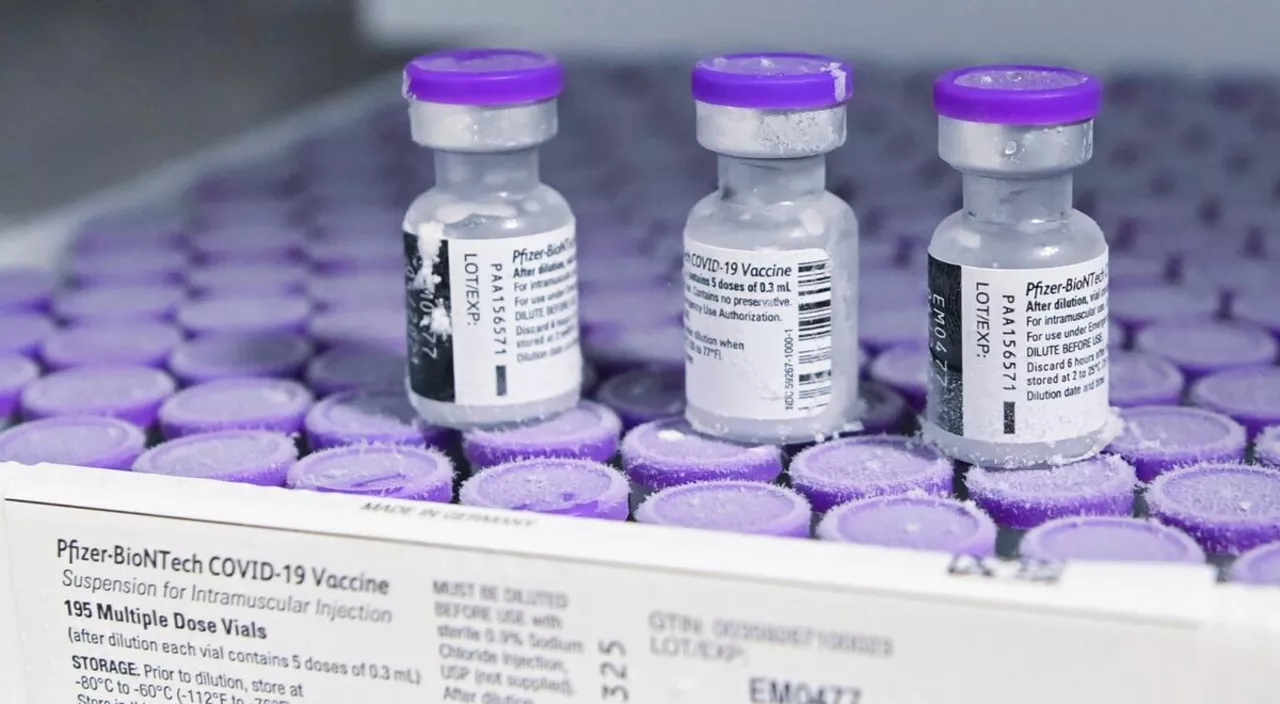Dosing: Practical Tips for Safe, Effective Medication Use
Getting a dose right matters more than most people think. A correct dose gives the drug room to work and keeps side effects low. On this tag page you’ll find clear, practical dosing tips from our articles—no guesswork, just useful steps you can use when reading labels or talking with your pharmacist or doctor.
First, know the difference between dose and frequency. Dose is how much you take at one time. Frequency is how often you take it. A medicine can be 10 mg twice a day or 5 mg four times a day. Same total, different rhythms. Follow the schedule that matches your prescription and ask why a provider chose that plan.
Read labels and match instructions
Always read the label and the leaflet inside the box. Look for words like “take with food,” “avoid alcohol,” or “do not crush.” If a label uses unfamiliar terms, call the pharmacy. When you buy meds online—like guides we wrote about for Montelukast or Premarin—confirm the product, strength, and directions with the seller and your clinician. Never assume dosing from packaging alone.
Adjustments, kids, age, and kidneys
Kids and older adults often need different doses. Weight-based dosing is common for children—doses tied to kilograms. Older adults may need lower doses if they have slower kidney or liver function. If you have kidney disease, some drugs build up and become risky. Ask your clinician if your dose should change based on weight, age, or lab results.
Timing matters. Some meds work best at night, some before meals, others with food to reduce stomach upset. If a provider says “take at bedtime” or “take on an empty stomach,” follow that guidance. For chronic conditions like hypertension or HIV, steady dosing keeps levels stable and helps the medicine work predictably.
Missed a dose? Don’t double up unless instructions say so. Take the missed dose as soon as you remember, but skip it if the next scheduled time is close. For time-sensitive treatments—like antibiotics or HIV meds—contact your clinician for advice. Some medicines require strict timing to prevent resistance or treatment failure.
Watch for interactions. Combining drugs, supplements, or even grapefruit juice can change levels in your blood. Before adding a new medicine or herbal product, check interactions. Our posts on methocarbamol, Zyrtec, and others cover common interactions and practical tips to stay safe.
Finally, ask questions. Good questions are simple: Why this dose? What if I miss one? Should I check labs? How long will I need it? Your pharmacist can answer dosing details and help you set reminders. Dosing isn’t mysterious—it's a set of clear rules you can follow to make medicine work better for you.
Track your doses with simple tools: alarms, pill boxes, or apps. Keep a list of current medicines and doses in your phone and share it at appointments. If a medicine causes unexpected effects, stop and call your provider. Small tracking habits prevent big mistakes and keep treatment on track daily.

